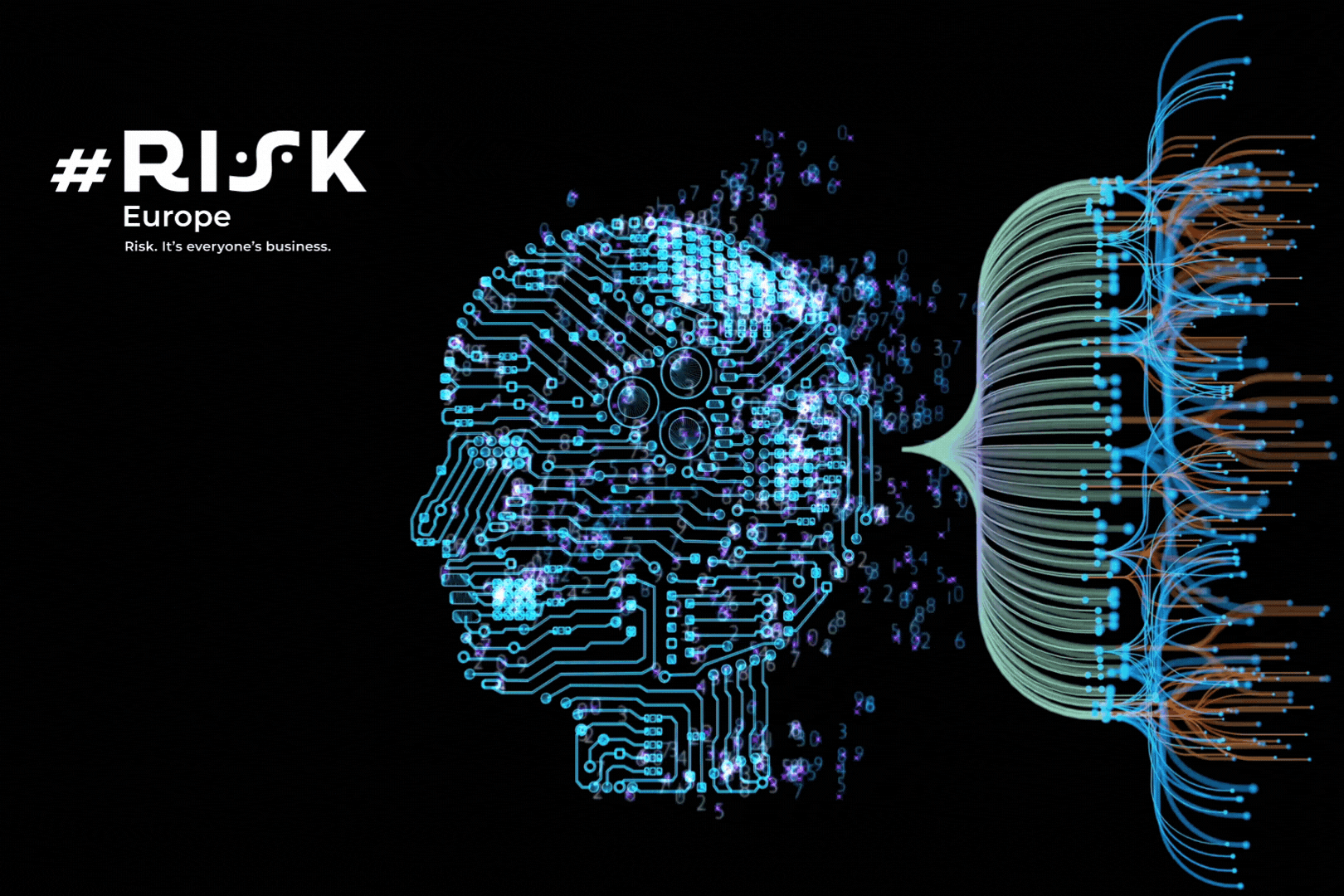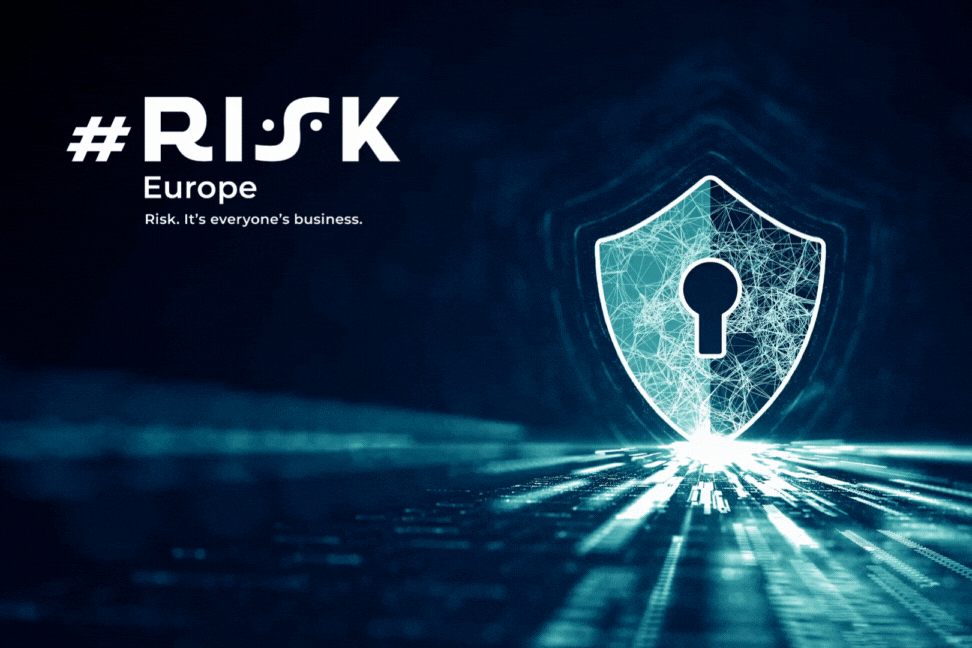In the modern business landscape, the question is no longer if a cyberattack will happen, but when. For the healthcare sector, this reality has become particularly acute in 2025. Recent high-profile breaches have shown that the threat is no longer confined to financial fraud or data theft; it has evolved into a fundamental risk to patient safety, operational continuity, and the very foundation of public trust.
The #RISK Europe conference is dedicated to tackling these interconnected challenges. The session on “Clinical Cyber Risk: Securing Data in AI-Driven Healthcare” and “Clinical Governance Under Pressure: Navigating Risk in a Post-Pandemic World” will delve into this new reality, providing a blueprint for a resilient tomorrow.
The Attack on Clinical Operations
The International Security Journal recently detailed the escalating cyberattacks on UK healthcare, describing them as a “war on cyber-attacks.” The article highlights that while ransomware and data breaches have become disturbingly common, the real danger lies in their ability to cripple clinical operations. Breaches can lead to a rapid deterioration of patient trust, system failures, and long-term reputational damage. As the article notes, the ad-hoc nature of IT decisions in many smaller health organisations has created a critical vulnerability, making them prime targets for sophisticated attackers.
This is a problem that extends far beyond the IT department. The post-pandemic world has accelerated the digitisation of healthcare, introducing a new level of risk to patient care. The sessions at #RISK Europe will explore how to build robust governance models that can withstand these pressures, particularly with the increased use of AI in clinical settings. This means moving beyond simple technical fixes to a holistic, enterprise-wide strategy that includes a focus on:
-
Third-Party Vendors: The supply chain has emerged as a major weak point. A breach at a third-party vendor can be a gateway into a hospital’s entire system, putting sensitive patient data at risk and disrupting critical services.
-
AI and Diagnostics: As AI becomes more integral to clinical decision-making, it introduces new risks related to data bias, system integrity, and the security of a new generation of medical devices.
A Threat to the Entire Enterprise
The interconnectedness of risk is the core principle of #RISK Europe. As we have seen in other sectors in 2025, a cyberattack on one part of an organisation can have a ripple effect that damages the entire business.
-
Co-op: The attack on the Co-operative Group was more than a data breach; it caused widespread disruption, including shelf shortages and forcing some funeral parlors to revert to paper-based operations. This is a clear example of how a cyber threat can become an operational crisis, damaging the brand’s core mission.
-
Marks & Spencer (M&S): The cyberattack that crippled M&S’s online ordering and in-store payment systems over Easter is estimated to have cost the company £300 million in lost profits. This widely reported figure demonstrates that the true cost of a breach is not just data theft but crippled operations and a rapid erosion of brand trust.
-
Jaguar Land Rover (JLR): In a recent incident, a cyberattack “severely disrupted” JLR’s manufacturing and retail activities, highlighting how a digital incident can paralyse a complex global supply chain.
These incidents underscore the need for an integrated approach to risk management, which is the central theme of the #RISK Europe agenda. The conference will provide a platform for healthcare leaders to learn from their peers in other industries, gaining the tools and insights needed to build a resilient and secure organisation. It’s an essential opportunity for professionals to share knowledge and create a collective defense against the new frontier of risk.
















1 Reader's comment